The Space-based Chandra X-ray Observatory
High Energy Sources
The Chandra X-ray Observatory is one of the NASA ‘Great Observatories’ along with the Hubble Space Telescope, the Spitzer Space Telescope and the Compton Gamma Ray Observatory. Chandra orbits Earth and allows scientists to obtain unprecedented X-ray images of exotic objects in space which helps them understand the structure and evolution of the universe. It was launched by the Shuttle Columbia in 1999 for a planned mission of 5 years.
The Chandra Satellite Fast Summary Facts
- Type: Orbiter
- Destination: Elliptical Earth orbit
- Status: Active
- Launch Location: Kennedy Space Centre
- Launch Date: March 23rd 1999
- Mission Duration: Planned 5 years, 19+ years
Quick Fun Facts About The Chandra X-ray Observatory!
- The Chandra X-Ray Observatory was designed to provide information about objects ranging from comets in our solar system to quasars at the edge of the observable universe from X-ray emissions!
- The space-based telescope was named after the late Indian-American astrophysicist and Nobel Prize winner - Subrahmanyan Chandrasekhar.
- The Space Shuttle Columbia carried Chandra into low Earth orbit and weighed 5,860 kilograms (12,930 lbs) when launched.
- The Chandra observatory is really a kind of telescope that is 13.8 m (45.3 ft) long, so almost filled the Shuttle’s payload bay!
- Chandra’s X-ray telescope is unlike traditional telescopes though, it uses cylindrical mirrors to ‘funnel’ the X-rays to its detectors. It offers higher resolution and is 50 times more sensitive than previous X-ray telescopes.
- Chandra is in a highly elliptical (14,400 km by 134,500 km) orbit around the Earth with a period of 64 hours, allowing continuous observations of up to 55 hours.
- Chandra’s six solar panels extend 19.5 m (64 ft) tip-to-tip and generate 2,350 watts of electricity to run the satellite.
- The observations that Chandra has made has greatly advanced the field of X-ray astronomy! Some of the observatories greatest discoveries are;
- In the Crab Nebula, a supernova remnant, Chandra revealed a ring and jets around the central pulsar.
- The earliest images, in X-rays, of the shock wave of a supernova were taken of SN 1987A.
- A new type of mid-sized black hole was discovered in galaxy M82
- A brown dwarf (over 10 times the mass of Jupiter) was observed orbiting a binary system of Sun-like stars.
- Chandra discovered that nearly all stars on the ‘main sequence’ emit X-rays.
- X-ray emissions have been observed from material falling from a protoplanetary disc into the star.
- In 2006 the Chandra observatory discovered strong evidence that dark matter exists by observing a supercluster collision.
- A large halo of hot gas was found surrounding the Milky Way galaxy.
- In early 2015 an X-ray flare 400 times brighter than usual, was observed coming from Sagittarius A*; the supermassive black hole in the centre of the Milky Way galaxy!
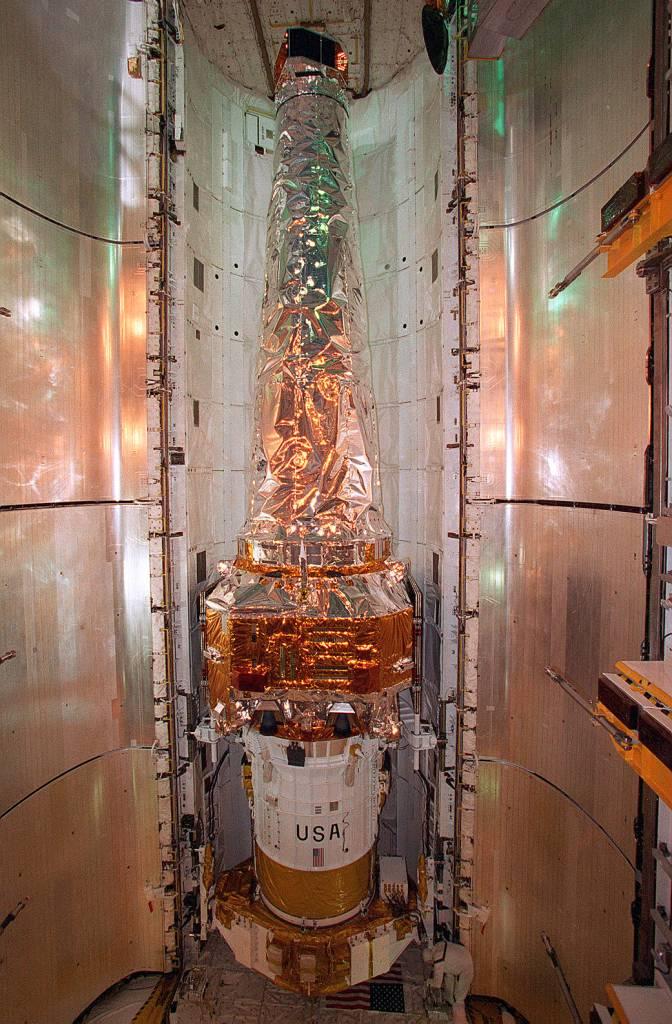

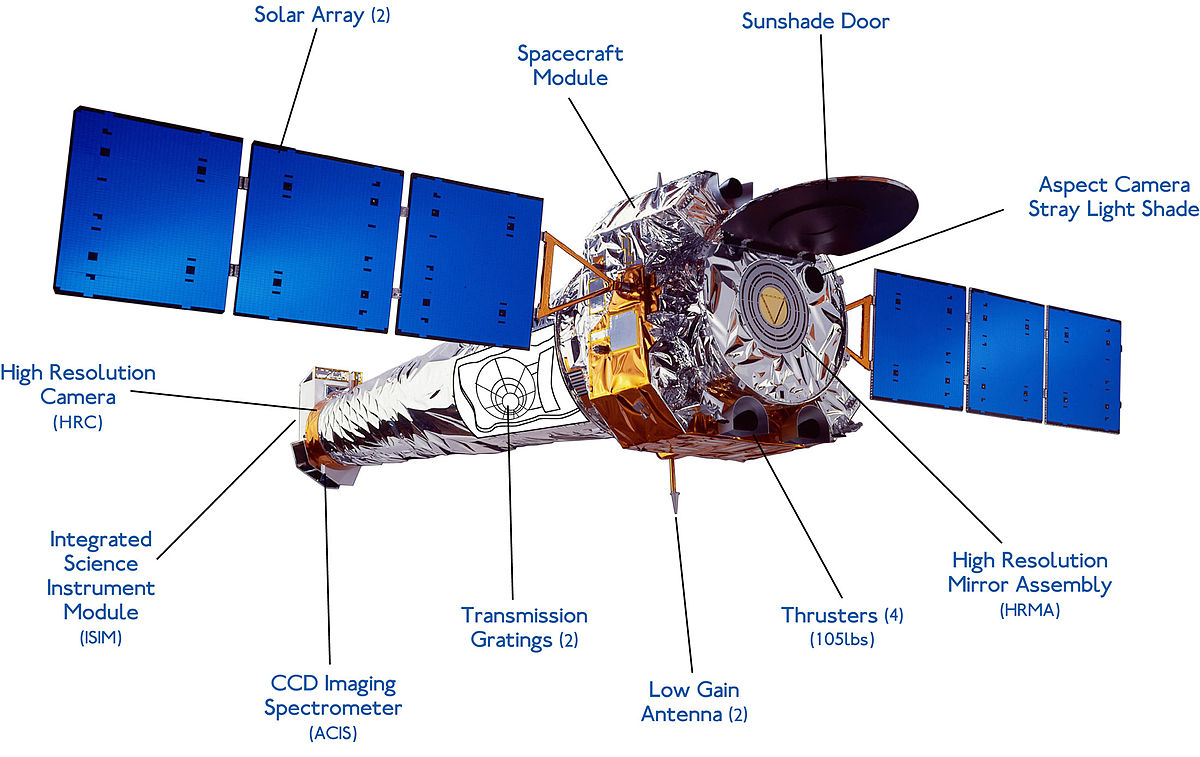
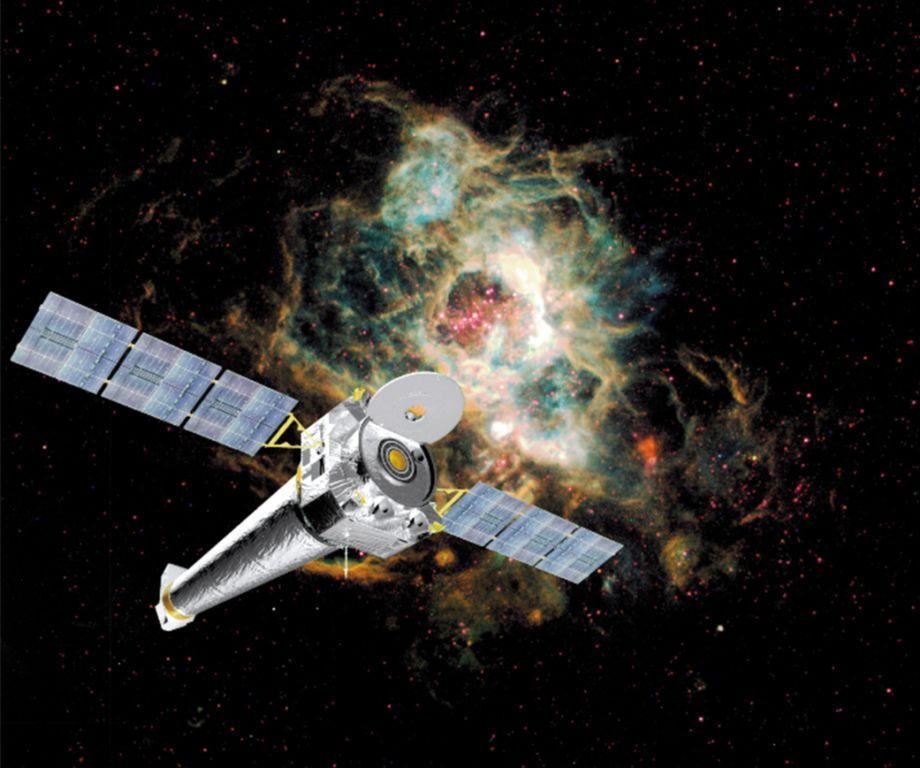
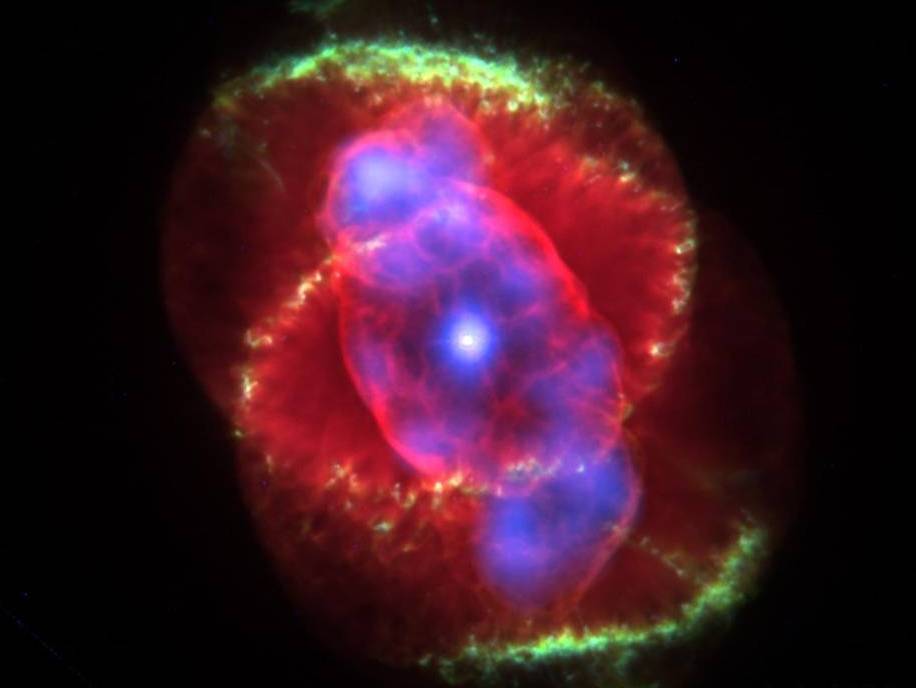
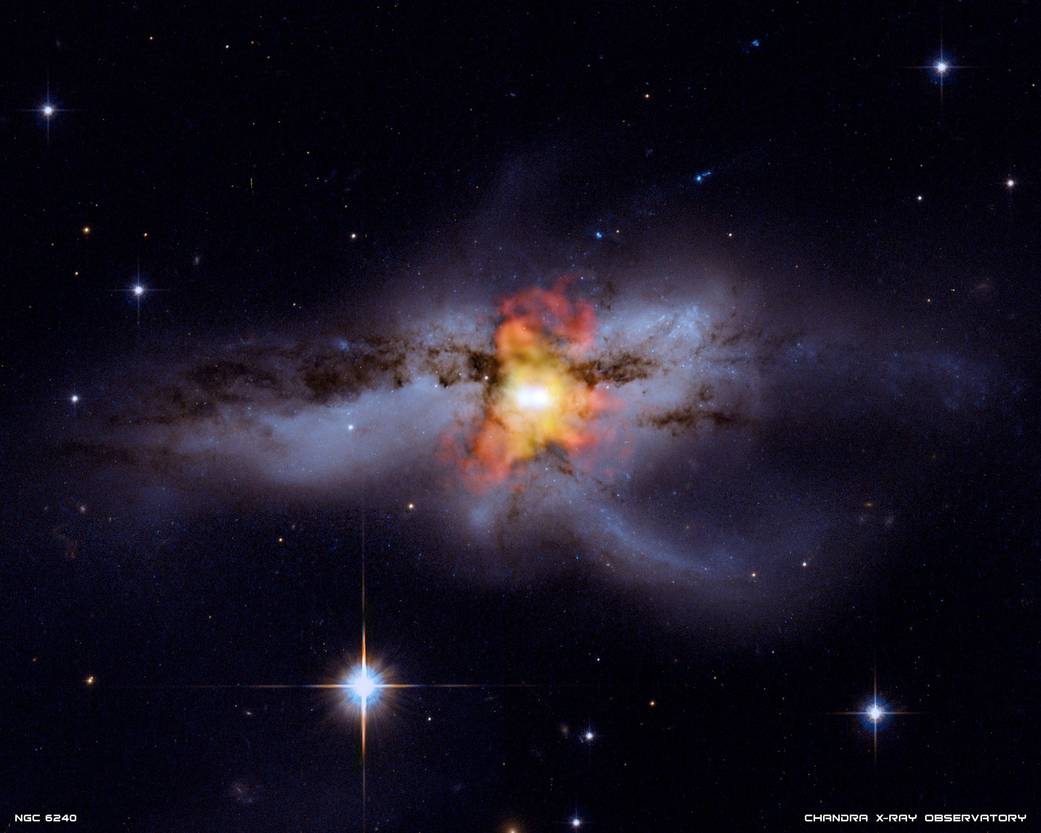
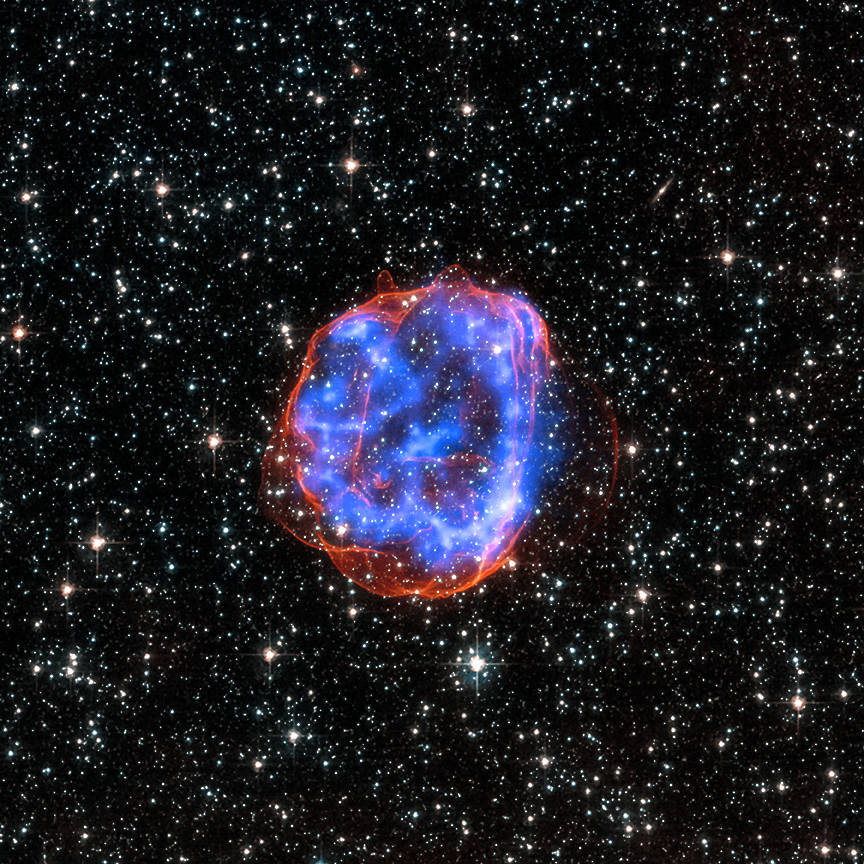
Payload Bay
Deployment
Chandra
X-Ray Observatory
Cat's Eye Nebula
Merging Data
Supernova Remnant



